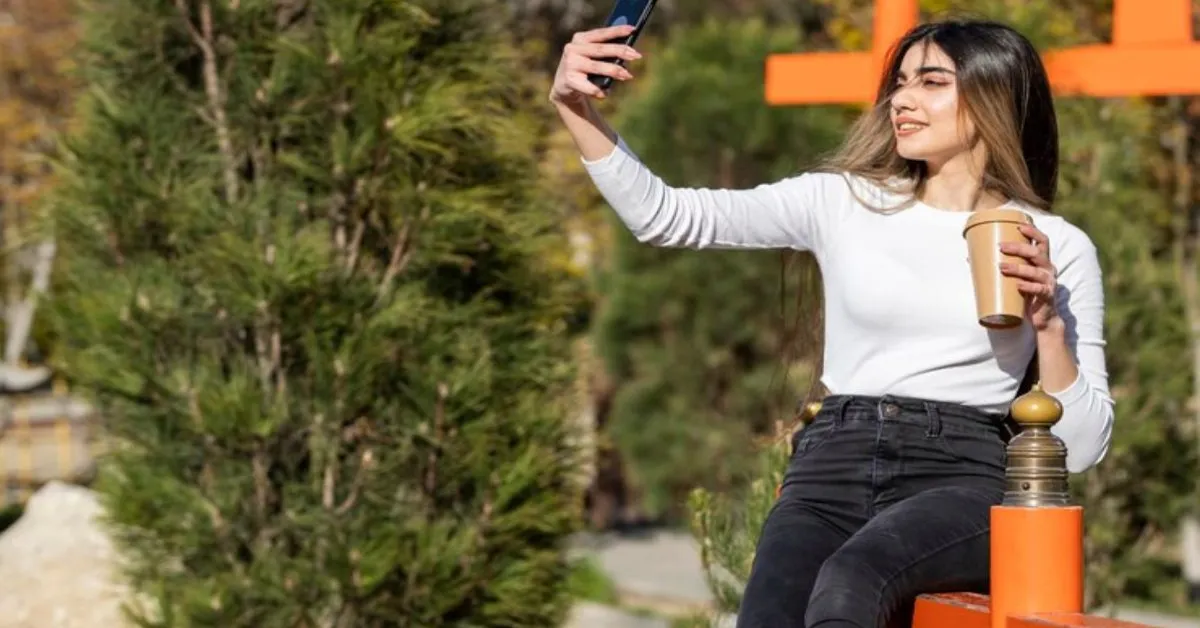Introduction
In today’s digital world, social media influencers are no longer just celebrities—they are the voice of a generation, shaping trends and opinions. From TikTok to Instagram, these digital stars have built empires, gaining millions of followers. But as influencer culture continues to evolve, a new phenomenon has emerged: influencers who go beyond traditional boundaries. These are the influencers who have embraced the “wild” side of content, engaging in viral stunts, controversial opinions, and unfiltered behavior that keeps their audience on edge. This is what we call influencers gone wild.
How Social Media Influencers Have Evolved Over Time
In the early days of social media, influencers were seen as people who lived polished, ideal lives. Their content was heavily curated, showing off glamorous lifestyles, travel destinations, and beauty tips. Brands quickly realized that these influencers could be valuable for marketing products, leading to the rise of influencer marketing. Influencers, in turn, began to focus on maintaining a clean, appealing image.
However, as more people entered the influencer space, things began to change. The market became crowded, and standing out became more difficult. To maintain their relevance, many influencers turned to more radical content. This shift marked the rise of controversial influencers—those who were no longer concerned with keeping their image pristine. These influencers embraced authenticity, and in doing so, they created content that was wild, bold, and often unpredictable. The lines between viral content and personal stunts blurred, and it became clear that shock value could bring more attention than perfectly staged photos.

What Does ‘Gone Wild’ Mean in the World of Influencers?
The term “gone wild” in the context of influencers refers to the shift from controlled, polished content to more chaotic, unfiltered, and controversial actions. When influencers go wild, they often take risks that challenge the status quo, whether it’s engaging in viral content, making bold statements, or doing something completely unexpected.
At the heart of this behavior is the desire to stand out. In the competitive world of social media, going viral can mean the difference between being a minor player and becoming a household name. So influencers push the limits—posting controversial content, reacting impulsively to trends, or engaging in stunts designed to go viral. The goal is clear: grab attention, increase engagement, and fuel the cycle of viral fame.
Why Wild Content Appeals to Social Media Audiences
Why do we, as an audience, flock to influencers who go wild? The answer lies in our innate curiosity and the unpredictability of social media. Wild content grabs attention because it’s not something you see every day. Social media is flooded with perfectly curated content, making wild, unfiltered behavior stand out.
Audiences are increasingly seeking content that feels real and relatable. While curated posts may appear polished and aspirational, wild influencers show their flaws, make mistakes, and embrace imperfections. This authenticity resonates with followers, making them feel more connected to the influencer. In a world of highly curated feeds, raw, unpredictable content feels refreshing and genuine.
Moreover, viral content that shocks, surprises, or entertains is more likely to be shared, which is the core of social media engagement. Influencers have learned that TikTok influencers or Instagram influencers who push the boundaries with wild content often receive higher engagement, as it sparks conversations, debates, and reactions.
The Risks and Consequences of Going Wild as an Influencer
While pushing boundaries can lead to quick fame and attention, the risks are substantial. Influencer marketing depends on maintaining a clean image that resonates with both audiences and brands. As influencers go wilder in their content, they may alienate potential sponsors or lose their credibility among their followers.
For example, influencers who post controversial or inappropriate content risk losing brand deals, partnerships, and followers. While shocking content might go viral in the short term, the long-term impact can be devastating. Audiences may grow tired of the sensationalism, and once-trusted influencers can quickly become a liability for brands. Furthermore, some influencers find themselves in situations where they’re forced to apologize or backtrack after stepping too far over the line.
Mental Health and Pressure Behind the Wild Side of Influencer Culture
One of the overlooked aspects of influencer fame is the toll it takes on mental health. The pressure to constantly create new, engaging, and often shocking content can lead to anxiety and burnout. Influencers feel the need to stay relevant, which often means escalating their content to more extreme levels.
Many influencers struggle with the emotional labor of curating content that is not only attention-grabbing but also authentic. The constant demand for validation, likes, and comments can create a cycle of anxiety, leading influencers to feel trapped in their own content. The need to keep pushing boundaries in the quest for viral success can sometimes lead to emotional exhaustion, and in some cases, influencers take extended breaks from social media to recover.
The pressure to maintain an unfiltered, wild persona can also have a negative impact on personal relationships, as the influencer’s life becomes an ongoing performance. The boundaries between public and private life blur, causing emotional strain and stress.
The Future of Wild Influencers: Will This Trend Continue?
As social media evolves, will the trend of influencers gone wild continue to grow, or will it eventually fade out? The answer is uncertain, but one thing is clear: the influencer space will keep changing. New platforms will emerge, giving influencers fresh opportunities to push boundaries. But the sustainability of shock-driven fame is in question.
While the rise of TikTok influencers and Instagram influencers embracing wild content has been a dominant trend, there’s growing concern that audiences will eventually tire of constant sensationalism. The future of influencer marketing may shift toward more balanced, authentic approaches. Influencers who focus on meaningful connections with their audiences rather than viral shock value may have a better chance at long-term success.
The Double-Edged Sword of Influencer Fame and Wild Behavior
Influencer culture is a complex landscape where fame comes with its share of risks. Wild influencers may garner a massive following quickly, but maintaining that popularity is often difficult. The need for continual engagement, content creation, and boundary-pushing behavior can eventually wear thin, both for the influencer and their audience.
For influencers seeking to go wild, the challenge is to find a balance between entertaining content and responsible behavior. While viral content can provide immediate fame, longevity in the influencer space often comes from authenticity and maintaining a loyal, engaged community of followers. Those who can evolve beyond shock value and create genuine, meaningful content will likely have a longer-lasting influence.
FAQs about Influencers Gone Wild: All You Need to Know
What makes influencers “go wild”?
Influencers “go wild” when they abandon polished, curated content and engage in risky, controversial behavior to gain attention. This could involve shocking stunts, unfiltered opinions, or content that challenges societal norms.
Why do people follow influencers who post wild content?
People follow wild influencers because their content feels authentic, spontaneous, and unpredictable. Wild behavior often grabs attention in a saturated social media space, creating moments that captivate and engage.
Does wild content have negative consequences for influencers?
Yes, wild content can lead to short-term viral success but may result in losing brand deals, damaging an influencer’s reputation, and alienating followers who are seeking something more substantial than shock value.
How can influencers create wild content without going too far?
Influencers can create wild content while staying authentic to their values and being mindful of the impact it may have on their audience and brand. The key is balancing entertainment with responsibility.
What is the mental impact of creating wild content?
The constant pressure to produce viral content can take a toll on an influencer’s mental health, leading to anxiety, stress, and burnout. The need for validation can create emotional exhaustion.
Will influencers continue to “go wild” in the future?
While wild content will likely remain a part of influencer culture, audiences may eventually seek more meaningful, authentic connections. The trend of pushing boundaries may evolve as influencers adapt to new platforms and audience expectations.

